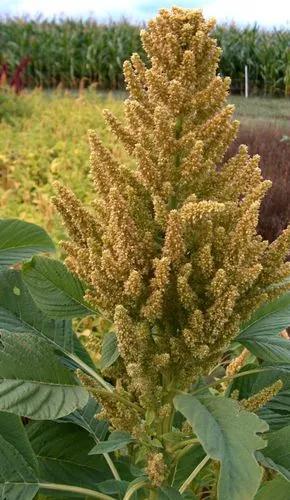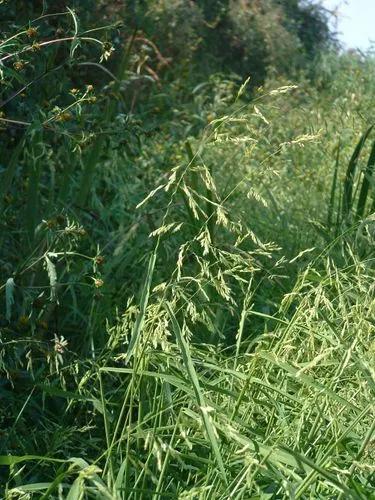Isolepis cernua is a species of flowering plant in the sedge family and it is widespread, being native to many regions of the world, including parts of Australasia, Eurasia, Africa, and North and South America. It occurs in fresh to brackish, seasonally waterlogged waterways including creek banks, swamps, floodways, seeps, clay pans and lake edges. It is found on most soil types.Description: Isolepis cernua is a graceful, grass-like plant that produces dense tufts of tread-like, fresh green leaves arising directly from a creeping underground rootstock. The cylindrical leaves which reseamble stems, grow about 25cm (10 inch) long and each carries at its tip a white to cream coloured flower no bigger than a pin head.Flowers can appear at any time. Although not particularly interesting in themselves, they provide an attractive contrast to the slim, green line of the leaves. New leaves stand erect at fist, but they begin to arch downward as they age. For this reason Isolepis cernua plants show to best advantage when they have been planted in hanging baskets.
Fiber Optic Grass Care
Isolepis Cernua



How to Care for the Plant

Water

During the active growth period (which may be continuous) water plentifully as often as necessary so as to keep the potting mixture thoroughly and constantly moist. Pots may even be permitted to stand in water. If Isolepis cernua plants are grown in hanging baskets, extra care have to be taken as the plants will dry very quickly; they may need a daily soaking in a bucket of water during the active growing period.If temperatures fall below 12°C (54°F) at any time, it is important to encourage these plants to take a rest period by watering very sparingly, giving only enough to keep the potting mixture from drying out completely.

Fertilizer

Isolepis cernua benefits from fertiliser during the growing season. Use a liquid fertiliser every two weeks during the active growing season.

Sunlight

Place Isolepis cernua plants in medium light. Unlike most indoor plants, they thrive in a position at a south facing window or even at a window that is obstructed by a nearby construction.

Soil

Any moderately fertile soil (clay, loamy, sandy) which is moisture retentive.It can be planted on the water’s edge or in the shallows of ponds, positioned so that the water level is no more than 5cm (2 inch) above the soil.

Temperature

Normal room temperatures are suitable. These plants, however, will grow actively all year long in temperatures above 13°C (55°F). They can tolerate lower winter temperatures (down to about 7°C (45°F)) but should be given a rest if indoor temperatures are likely to remain unusually low for more than two or three days.

Additional

Both the plant and seeds are poisonous if eaten. Keep it away from children and pets if there is any chance they may play with or ingest them. Handling this plant may cause skin irritation.

Popularity

168 people already have this plant 15 people have added this plant to their wishlists
Discover more plants with the list below
Popular articles






